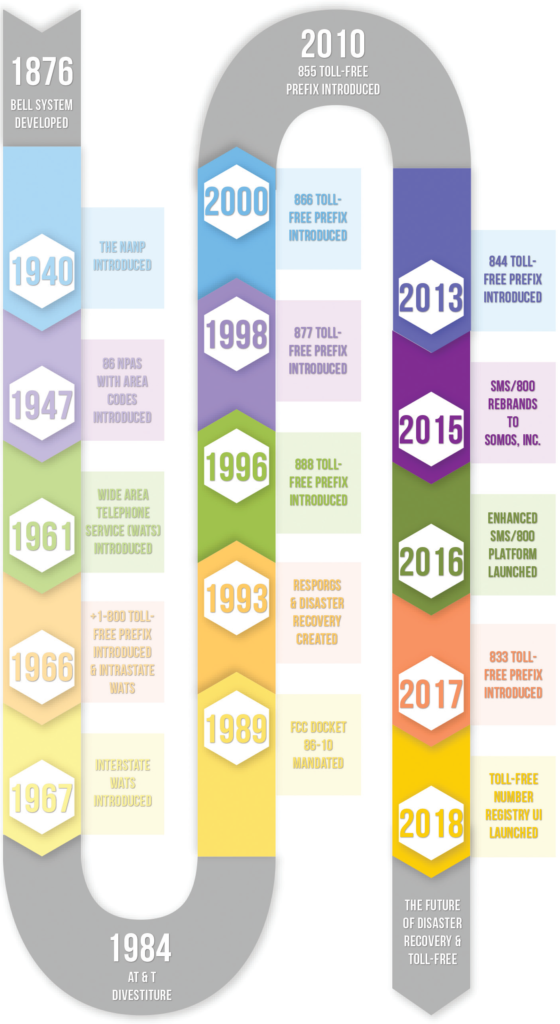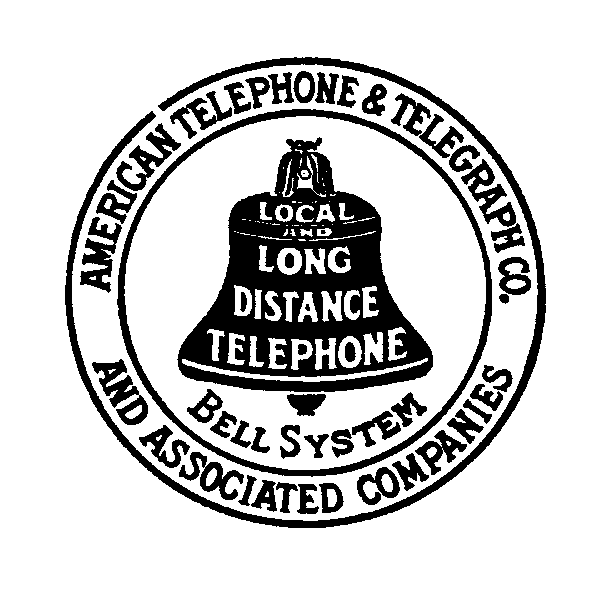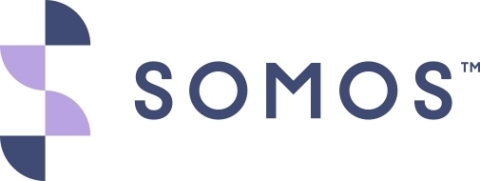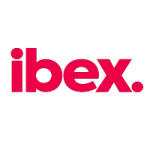ATLaaS: ATL as a Service
A Thought Leader In Toll-Free Number Management Solutions
Helpful Links
TOLL-FREE NUMBER & DISASTER RECOVERY HISTORY

BELL SYSTEM / NANP (1876 – 1940):
From its beginnings in 1876 and all through the initial segment of the twentieth century, the Bell System developed from basically local or regional telephone frameworks. These frameworks exten by developing their endorser bases, and in addition expanding their service areas by executing extra local exchanges that were interconnected with tie trunks. It was the obligation of every local administration to configure telephone numbering plans that suited local necessities and development. Accordingly, the Bell System reformed into a chaotic arrangement of many varying local numbering frameworks. The assorted variety obstructed the productive activity and interconnection of exchanges into a nationwide framework for long-distance telephone communication. By the 1940s, the Bell System set out to bring together the various numbering plans in the presence and built up the North American Numbering Plan (NANP) as a bound together, orderly way to deal with productive long-distance service that inevitably did not require the contribution of switchboard operators.

86 NPA’S W/ AREA CODES (1947):
The new numbering arrangement was authoritatively acknowledged in October 1947, partitioning
the majority of North America into 86 Numbering Plan Areas (NPAs). Every NPA was allotted
a Numbering Plan Area code, frequently curtailed as area code. These codes were first utilized
by long-distance operators to establish long-distance calls between toll offices. The principal customer-
dialed direct call utilizing area codes was made on November 10, 1951, from Englewood,
New Jersey, to Alameda, California. Direct distance dialing (DDD) was accordingly presented the
nation over and by the mid-1960s most areas of the Bell System had been converted and it was
commonplace in urban communities and most bigger towns.
WIDE AREA TELEPHONE SERVICE (WATS) – 1961 (INTRASTATE 1966, INTERSTATE 1967):
Wide Area Telephone Service (WATS) was a flat-rate long-distance service offering for customer dial-type telecommunications in a portion of the countries that conform to the North American Numbering Plan. The service is between a given customer phone (otherwise called a “station”) and stations inside indicated geographic rate areas, utilizing a solitary telephone line between the customer location and the serving central office. Each access line could be set for outward (OUTWATS) or inward (IN-WATS) service, or both.
WATS was presented by the Bell System in 1961 as a crude long-distance flat-rate design by which a business could get a special line with an included number of hours (‘measured time’ or ‘full-time’) of long-distance calling to a predetermined area. These lines were frequently associated with private branch exchanges in expansive organizations. WATS lines were the reason for the main direct-dial toll-free +1-800 numbers (intrastate in 1966, interstate in 1967); by 1976, WATS brought AT&T Corporation a billion dollars in annual revenue.
The framework was crude by modern measures. It, at first, gave no help to Automatic Number Identification and no separated record of calls, rather expecting subscribers to get costly fixed-rate lines which incorporated some number of long periods of inbound calling from a “band” of one or a few U.S. states or Canadian areas. Early InWATS 800 calling did not have the complex routing features offered with modern toll-free service. After competitive carriers were permitted to contend with AT&T in setting up toll-free service, the three-digit exchange following the 800 the prefix was connected to a particular destination carrier and area code; the number itself corresponded to specific telephone switching offices and trunk groups. All calls went to one central destination; there was no way to perform a toll-free call to another country.
Despite its constraints (and the generally huge expense of long-distance in that period), the framework was sufficient for the requirements of substantial volume clients, for example, lodging networks, airlines, and contract auto firms that utilized it to fabricate national exposure.
For smaller regional organizations that received few long-distance calls, the first InWATS was restrictively costly. As a fixed-rate mass service requiring uncommon trunks, it was suited just to expansive volume clients.
+1-800 TOLL-FREE PREFIX:
A toll-free telephone number or freephone number is a telephone number that is charged for all arriving calls as opposed to bringing about changes to the originating telephone subscriber. For the calling party, a call to a toll-free number from a landline is free of charge.
A toll-free, Freecall, Freephone, 800, 0800, or 1-800 number is recognized by a dialing prefix like a geographic area code, for example, 800.
The highlights of toll-free services have advanced as telephone networks have moved from electro-mechanical call switching to completely computerized program-controlled networks. Initially, a call charged to the called party must be set through a telephone company operator as a collect call. The operator needed to anchor acknowledgment of the charges at the remote number before manually finishing the call.
A couple of substantial organizations and government offices received an extensive number of collect calls, which proved tedious for operators.
Preceding the advancement of automated toll-free service, many telephone companies gave a manual variant of caller-free service.
Cases of operator-assisted toll-free calling incorporate the Zenith number introduced in the 1950s in the U.S. and Canada, as well as the first manual ‘Freephone’ service introduced by the British Post Office in 1960.
A Zenith number was typically accessible from a predefined area, anything from a couple of closeby cities to a territory or state and was recorded in local directories in every community from which the subscriber was to acknowledge the charges for inbound calls. The two introduced frameworks were comparable in idea. The calling party would ring the operator (‘0’ in Canada/U.S.) and request a particular free number. In the U.S., the caller would request a number like “Apex 1-2345” and the operator would investigate the relating geographic number from a list then place the call with charges reversed.
Until the InWATS toll-free service was introduced by the Bell System on May 2, 1967, and the Linkline (later “Freefone”) 0800 services by British Telecom on November 12, 1985, manually ringing the operator was the standard method to place a toll-free call. Many established manual “Freephone” or “Peak” numbers continued being used for many years subsequent to contending automated frameworks (0800 in the UK, 1-800 in the U.S.) were actualized in parallel for new toll-free numbers.
Toll-free numbers in the North American Numbering Plan (NANP) are commonly called “800 numbers” after the first area code which was utilized to dial them. They incorporate the area code 800 (since January 1, 1966), 888 (since March 1, 1996), 877 (since April 4, 1998), 866 (since July 29, 2000), 855 (since October 9, 2010), 844 (since December 7, 2013), and 833 (since April 22, 2017). Area codes reserved for future expansion include 822, 880 through 887, and 889.
AT&T DIVESTITURE (1984):
For over 100 years, Ma Bell sometimes called the “Bell System” currently known as “AT&T”, controlled almost all telecommunications in the United States. Once the largest company in the world with over one million employees, the company consisted of 22 local Bell companies (including New York Telephone and Ohio Bell), AT&T Long Lines (the long-distance division), as well as Western Electric (the subsidiary that manufactured telephone equipment), and Bell Labs (one of the premier research organizations in the world).
In 1984, because of the monopoly AT&T had over phone service, the company was broken up and the local Bell phone companies were divvied up among seven companies called “Regional Bell Operating Companies” (RBOCs). These seven independent Regional Bell Operating Companies were: AmeriTech, Bell Atlantic, BellSouth, NYNEX, Pacific Telesis, Southwestern Bell, and US West. The seven RBOCs controlled the circulation and distribution of all telephone numbers in their respective territories. This drove long-distance service competition, which created the need to tie a telephone number to a long-distance service provider.
For outbound calls, the 1984 AT&T divestiture brought multiple competitors offering comparative services utilizing standard business telephone lines; the special WATS line was ultimately supplanted by other flat-rate contributions. The requirement that an inbound toll-free number terminates at a special WATS line or fixed-rate service was additionally rendered obsolete by the 1980s because of intelligent network capability and technological improvement in the +1-800 service.
A toll-free number may now terminate at a T-carrier line, at any standard local telephone number, or at one of the multiple destinations in lieu of time of day, call origin, cost, or other options.
FCC DOCKET 86-10 (1989):
In 1989, a Federal Communications Commission (FCC) order (as part of Docket 86-10) found that a
national database system for Toll-Free access would offer both advantages and disadvantages as
contrasted with the NXX Plan access solution. The real advantage of the national database system
was that it would enable Toll-Free number portability and entice competition since a customer
could change carriers without changing numbers. Its downside was that it would raise access time
for Toll-Free calls until Signaling System 7 (SS7) was deployed more extensively.
“Number portability” here refers to the ability of a customer to change 800 service providers without
being compelled to change phone numbers. Under the database system, every one of the 800
numbers are stored in a computer database that includes, for each number, a field identifying the
carrier chosen by the customer.
SS5 and prior systems used in-band signaling, in which the call-setup information was sent by
playing special multi-frequency tones into the telephone lines, known as bearer channels. As the
bearer channel was directly accessible by users, it was taken advantage of by using devices such
as the blue box, which played the tones required for call control and routing. As a solution, SS6
and SS7 implemented out-of-band signaling, conveyed in a separate signaling channel, thus keeping
the speech path separate. SS6 and SS7 are alluded to as common-channel signaling (CCS)
protocols, or Common Channel Interoffice Signaling (CCIS) systems.
Following a survey of the petitions for reconsideration and several developments involving SS7
deployment, on August 1, 1991, the FCC enacted a comprehensive order, which mandated the
implementation of Toll-Free database access by March 4, 1993. A subsequent FCC order moved
the true cutover date to May 1, 1993.
In a series of orders, the Commission has overseen the establishment by Local Exchange Carriers
(LECs) of a database system for 800 access. The database system facilitates 800 number portability,
thus allowing greater competition in the provision of 800 services. LECs that implemented the
database system were permitted to cease offering the NXX method previously used to screen 800
calls. The FCC required the Bell Operating Companies (BOCs) and GTE meet minimum standards
for database access time as a condition for removing NXX access. By March 1, 1995, each LEC was
required to meet the following rules: (1) none of its database traffic may have an access time of
greater than five seconds; and (2) the average access time for the greater part of its 800 database
traffic must be 2.5 seconds or less. In a prior waiver order issued in 1992, the Common Carrier Bureau
granted Pacific a waiver of certain March 1, 1993 access time requirements, denied without
bias as premature Pacific’s request for a waiver of the March 1, 1995 five-second requirement, and
expected Pacific to accomplish an average access time of less than one second by March 1995.
The Commission also mandated that, by March 1, 1993, no more than three percent of each LEC’s
800 traffic encounter an access time of greater than five seconds.
LECs for the most part use their common channel Signaling System 7 (SS7) networks to query this
database and determine the best possible routing for each of the 800 calls. Under the NXX routing
system, every carrier offering 800 services was assigned specific three-digit prefixes, or “NXX
codes,” which were used by LEC switches to identify the best possible routing of 800 calls. Under
this system, customers who wished to change 800 carriers were obligated to change phone numbers
to reflect the new company’s NXX codes.
RESPORGS (1993):
On February 10, 1993, the FCC released an order, which pronounced access to the Toll-Free database by Responsible Organizations (RespOrgs) to be a Title II common carrier service and required the BOCs to record a tariff for Toll-Free database access by March 5, 1993. The effective date of the tariff was May 1, 1993. The order also mandated that any entity which met appropriate financial and technical eligibility requirements could serve as the RespOrg for a Toll-Free Number record at the request of their customer. With this provision, users could become their own RespOrg or they could use an IC, a LEC, or a third-party as a RespOrg.
In addition, on May 1, 1993, the management and assignment of Toll-Free Numbers transitioned from the interim 800 NXX Plan to a 10-digit management plan in the national 800 Service Management System (SMS/800).
Each individual ten-digit toll-free telephone number (+1-800, 888, 877, 866, 855, 844, and 833 area codes, as well as any future toll-free area codes created that share the same traits) is overseen by a RespOrg. At the time of inception, there were only five original RespOrgs. These original five included: ATL Communications, AT&T, Cable & Wireless, MCI, and Sprint.

Industry Solutions, Inc. All rights reserved.
Today, there are approximately 350 RespOrg services, which vary in size from enormous Incumbent Local Exchange Carriers (ILECs) to companies that control just a couple of numbers. All RespOrgs operate under the same tariff and are required to take after specific guidelines for this process. These rules are maintained by a national industry aggregate known as the SMS/800 Number Administration Committee (SNAC), a committee of the Alliance for Telecommunications Industry Solutions (ATIS), and membership is available to any RespOrg.
TOLL-FREE DISASTER RECOVERY INTRODUCED (1993):

888 TOLL-FREE PREFIX INTRODUCED (1996):
877 TOLL-FREE PREFIX INTRODUCED (1998):
866 TOLL-FREE PREFIX INTRODUCED (2000):
855 TOLL-FREE PREFIX INTRODUCED (2010):
844 TOLL-FREE PREFIX INTRODUCED (2013):
SMS/800 REBRANDS TO SOMOS, INC. (2015):
Formerly known as SMS/800, Inc., it was announced at the 2015 Toll-Free User Summit in Orlando, Florida, that the company would be rebranding under the new name, Somos, Inc.
Today, Somos manages more than 40 million Toll-Free Numbers. As the holder of the FCC SMS/800 Functions Tariff, Somos is focused on empowering Toll-Free Service Providers with the ability to share information securely, in new ways, and in more places. This is the reason why Somos expanded Toll-Free beyond voice, to data. Through continued innovations like the Texting & Smart Services (TSS) Registry, the Somos team is proudly at the center of the evolving telecom landscape.
Somos is essentially responsible for the following:
- Enabling Toll-Free Service Providers, Service Registrars, Routing Database Providers, and SCPs
- Managing and administering Toll-Free Number registry (SMS/800 Toll-Free Number (TFN) Registry)
- Operating the industry’s only CTIA-endorsed registry for text enabling Toll-Free Numbers
- Acting as a Toll-Free Industry resource for thought leadership
ENHANCED SMS/800 PLATFORM LAUNCHED (2016):
On April 4, 2016, the Enhanced SMS/800 platform was launched and made available to RespOrgs
in order to provide additional functionality.
833 TOLL-FREE PREFIX INTRODUCED (2017):
ENHANCED SMS/800 TRANSITION TO SMS/800 TFN REGISTRY USER INTERFACE (2018):
The Enhanced SMS/800 was transitioned to the SMS/800 TFN Registry User Interface (https://tfnregistry. somos.com) on June 30, 2018. With this transition, Enhanced SMS/800 users continued to have access to the features they relied on daily to manage their Toll-Free Number portfolios, such as Bulk Search & Reserve and One Click Activate but using a new, more user-friendly, and secure interface.
THE FUTURE OF DISASTER RECOVERY FOR TOLL-FREE:
Stay tuned! We will be discussing the future of Disaster Recovery for Toll-Free in our next eBook release.













